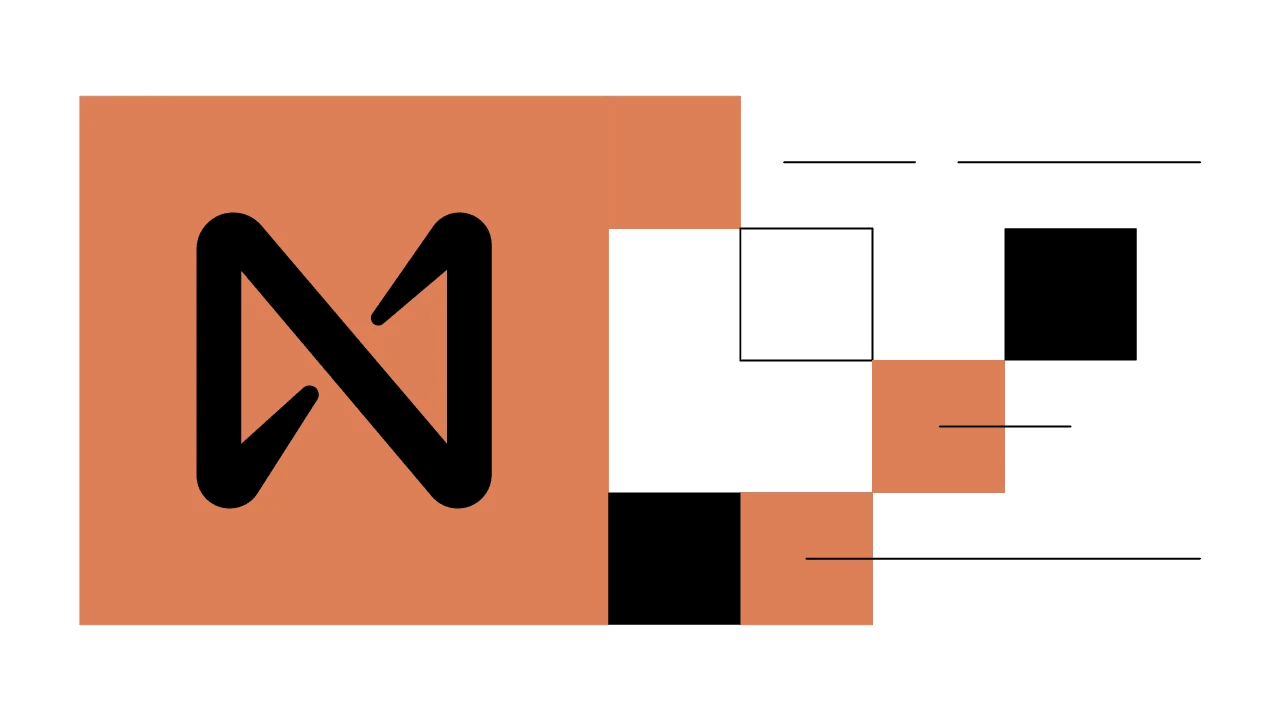Exploring fees on Near
Introducion
Near Protocol is a decentralized blockchain platform that aims to enable high-speed, low-cost transactions for decentralized applications (dApps). Near's architecture is designed to address some of the scalability issues faced by other blockchain platforms, such as high transaction fees and slow confirmation times.
Near uses a proof-of-stake (PoS) consensus mechanism, which allows for faster transaction processing times and lower fees compared to other proof-of-work (PoW) blockchain platforms. Near's transaction fees are denominated in its native cryptocurrency, NEAR, and are paid by users to incentivize validators to process transactions.
Near's fee structure is dynamic and adjusts based on network demand. The fees are designed to be competitive and low, while still providing sufficient incentives for validators to process transactions in a timely manner. Additionally, Near uses a fee-burning mechanism to manage the supply of NEAR tokens, which helps to prevent inflation and increase the value of the cryptocurrency over time.
Overall, Near Protocol's focus on speed, scalability, and low transaction fees make it an attractive platform for developers looking to build decentralized applications that can handle high volumes of transactions without sacrificing user experience.
Methods
In this analysis we will focus on Near's fees. More specifically, we will analyze the following data:
- Near fees over the past month
- Daily gas spent by chain
- Near fees and token price
- Gas spent per $1M of liquidity transferred
- Average block fees per chain
- Top 10 Near addresses
- Spent fees by chain over the past month
- Fees by chain
- Daily gas spent by chain
